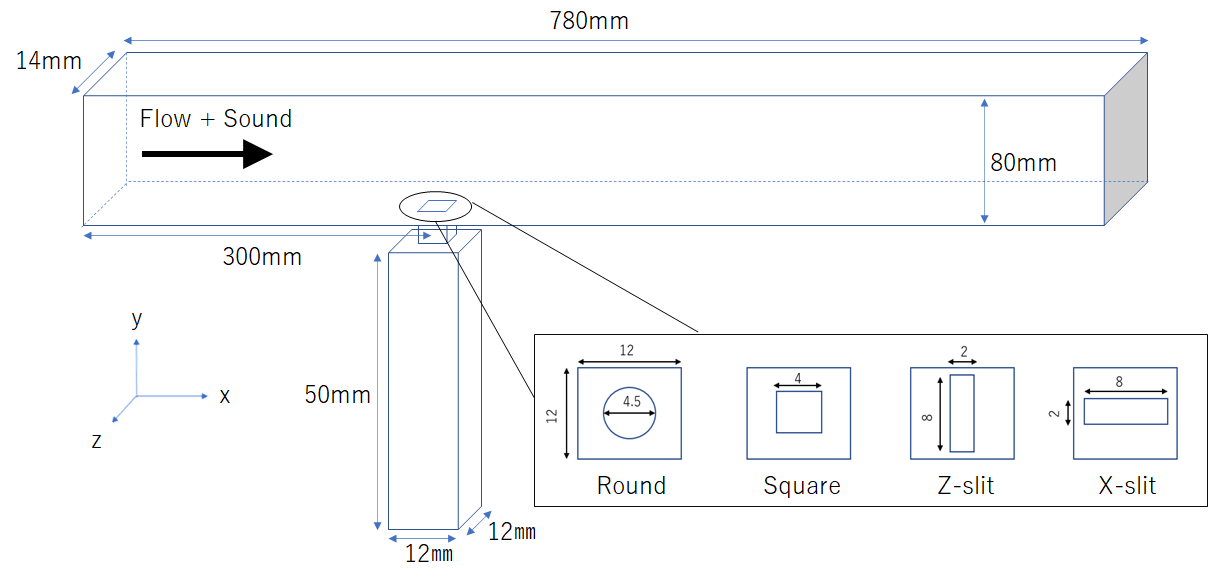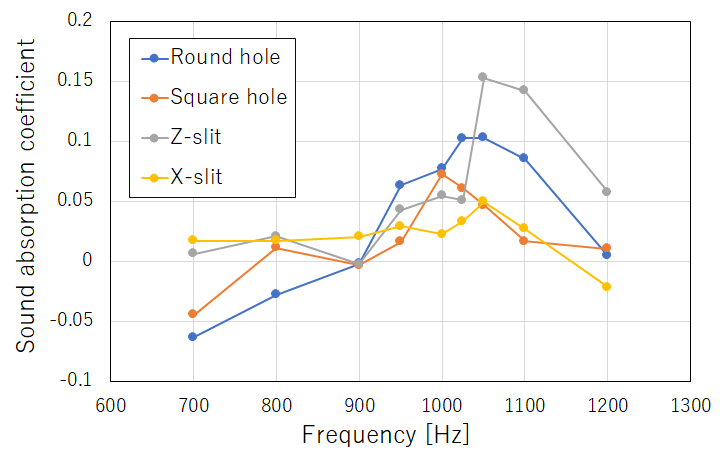Acoustic Liner Program for High-bypass-ratio Aricraft engines (ALPHA)
JAXA Supercomputer System Annual Report February 2021-January 2022
Report Number: R21EDA101P00
Subject Category: Aeronautical Technology
- Responsible Representative: Tatsuya Ishii, Director, Aeronautical Technology Directorate, Aviation Environmental Sustainability Innovation Hub
- Contact Information: Junichi Oki(oki.junichi@jaxa.jp)
- Members: Shunji Enomoto, Shono Noguchi, Junichi Oki, Daisuke Sasaki
Abstract
The trend in turbofan engines is towards higher bypass ratio and shorter nacelles. The eigne noise will increase due to smaller sound absorption area resulting from shorter nacelles. We aim to develop next-generation acoustic liner technologies that achieve both noise reduction and fuel efficiency.
Reference URL
N/A
Reasons and benefits of using JAXA Supercomputer System
There have been many cases with different liner geometries and incident sound frequency as analysis parameters.
Achievements of the Year
We performed numerical simulations for demonstrating aeroacoustic phenomena around an acoustic liner installed inside an aircraft engine nacelle. As shown in Fig. 1, the four different geometries of a perforated hole are adopted to investigate its effect, and 110 dB sound is incident from the upstream in a laminar flow of Mach 0.3. Fig. 2 shows the sound absorption coefficient for each of the hole geometries. We assume optimizing hole geometry would improve sound absorption performance while resonance frequency changes. In addition, our simulations extend understanding of the detailed phenomena by visualizing three-dimensional vortical structures represented in Fig. 3 and 4.
Publications
- Poster Presentations
Shono Noguchi, Daisuke Sasaki, Shunji Enomoto, Junichi Oki, 3D aeroacoustics analysis for a perforated hole of the sound absorbing liner, JSME Hokuriku Shin-etsu branch, 2022.
Usage of JSS
Computational Information
- Process Parallelization Methods: MPI
- Thread Parallelization Methods: OpenMP
- Number of Processes: 16
- Elapsed Time per Case: 300 Hour(s)
JSS3 Resources Used
Fraction of Usage in Total Resources*1(%): 0.17
Details
Please refer to System Configuration of JSS3 for the system configuration and major specifications of JSS3.
| System Name | CPU Resources Used(Core x Hours) | Fraction of Usage*2(%) |
|---|---|---|
| TOKI-SORA | 3903971.59 | 0.19 |
| TOKI-ST | 27922.41 | 0.03 |
| TOKI-GP | 0.00 | 0.00 |
| TOKI-XM | 0.00 | 0.00 |
| TOKI-LM | 24.98 | 0.00 |
| TOKI-TST | 0.00 | 0.00 |
| TOKI-TGP | 0.00 | 0.00 |
| TOKI-TLM | 0.00 | 0.00 |
| File System Name | Storage Assigned(GiB) | Fraction of Usage*2(%) |
|---|---|---|
| /home | 516.67 | 0.51 |
| /data and /data2 | 139605.33 | 1.49 |
| /ssd | 5698.67 | 1.47 |
| Archiver Name | Storage Used(TiB) | Fraction of Usage*2(%) |
|---|---|---|
| J-SPACE | 23.35 | 0.16 |
*1: Fraction of Usage in Total Resources: Weighted average of three resource types (Computing, File System, and Archiver).
*2: Fraction of Usage:Percentage of usage relative to each resource used in one year.
ISV Software Licenses Used
| ISV Software Licenses Used(Hours) | Fraction of Usage*2(%) | |
|---|---|---|
| ISV Software Licenses(Total) | 274.60 | 0.19 |
*2: Fraction of Usage:Percentage of usage relative to each resource used in one year.
JAXA Supercomputer System Annual Report February 2021-January 2022






